Pumpkin plants, widely favored during autumn, are a beloved fruit, especially renowned for their association with Halloween through Jack-O-Lanterns. Beyond their festive decor, pumpkin plants serve as key ingredients in pies, soups, breads, and desserts. Additionally, pumpkin seeds, rich in protein and fiber, offer a nutritious snack option.
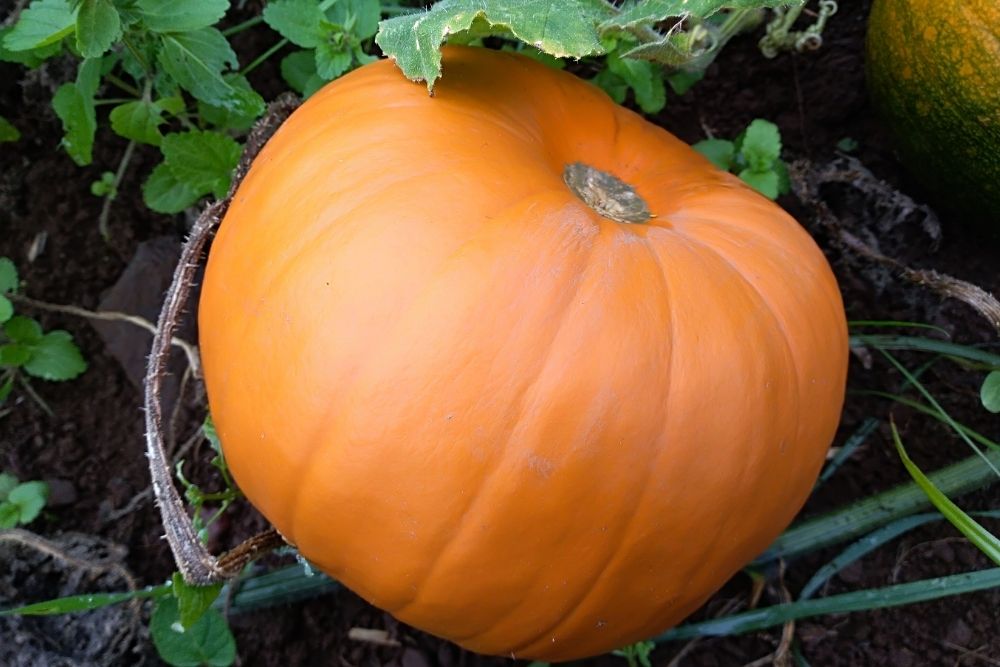
The orange Pumpkins we see on Halloween are iconic, so it may surprise you to learn that there are a few varieties of Pumpkin, and each has its own characteristics.
For example, some Pumpkins grow quickly, while others grow slowly. Some thrive in warmer temperatures, while some prefer the cold. Pumpkins also come in a wide variety of sizes and colors, and these colors affect the taste of the fruit.
Let’s take a walk through our virtual Pumpkin patch to see just how many types of Pumpkins there are!
1. Acorn Squash
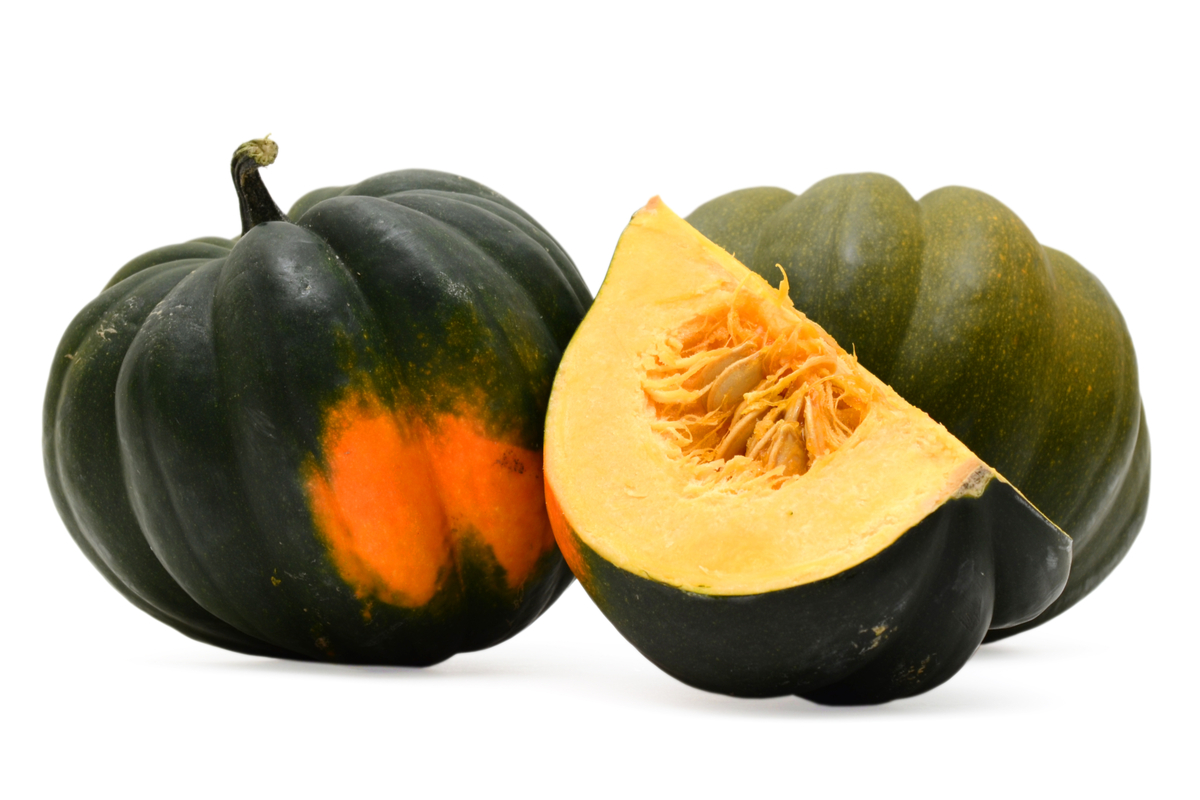
Acorn Squashes are considered a winter Squash, though is actually a member of the summer Squash family.
They are also known as Des Moines Squash or Pepper Squash, and have a hard shell. They can grow up to 25 inches (0.64 m) tall, and weigh 12 lbs.
They have distinctive longitudinal ridges on the outside, and yellow-orange flesh that has a sweet flavor.
2. Butternut Pumpkin
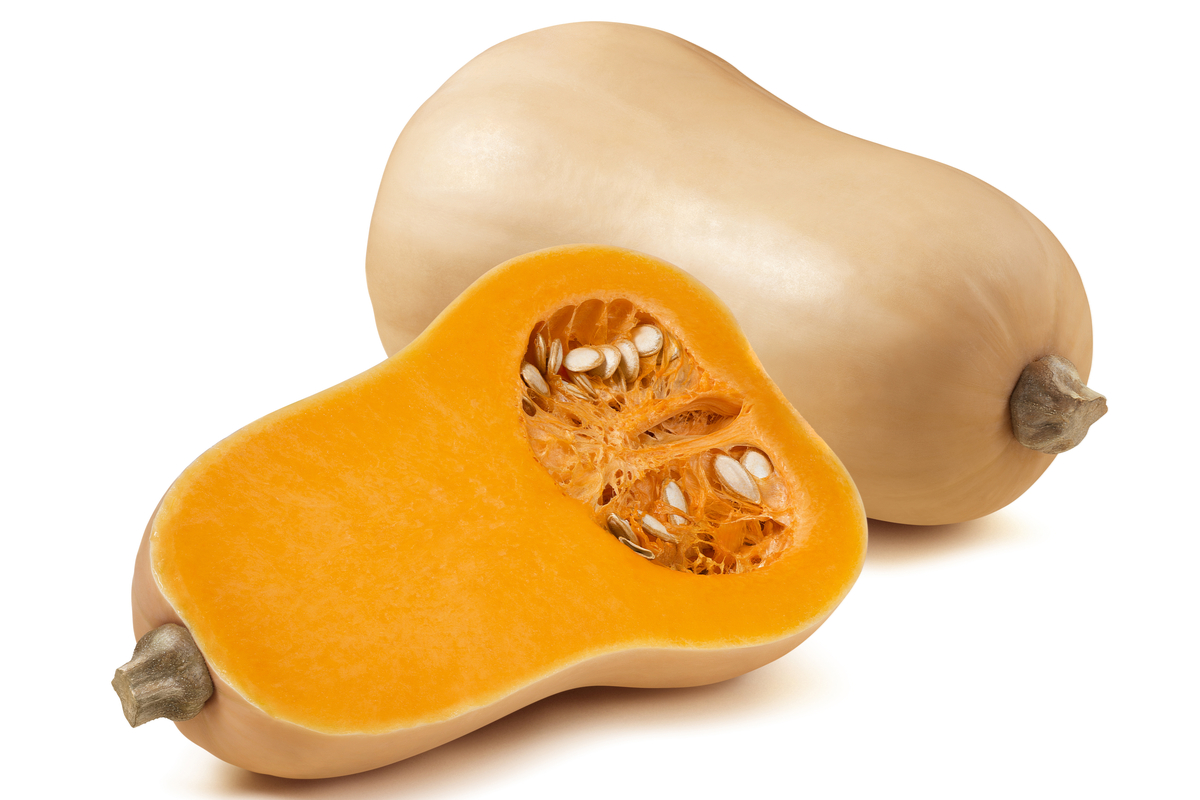
You may have heard a Butternut Pumpkin be referred to as a Butternut Squash, but in Australia and New Zealand they are called Butternut Pumpkins. They are Winter Squashes that grow up to 20 inches (ca. 51 cm) tall, and weigh 8 lbs.
They have a dark-brown color and smooth skin. Butternut Pumpkins grow on a vine and have a distinct Pumpkin flavor.
3. Cucumber Pumpkin
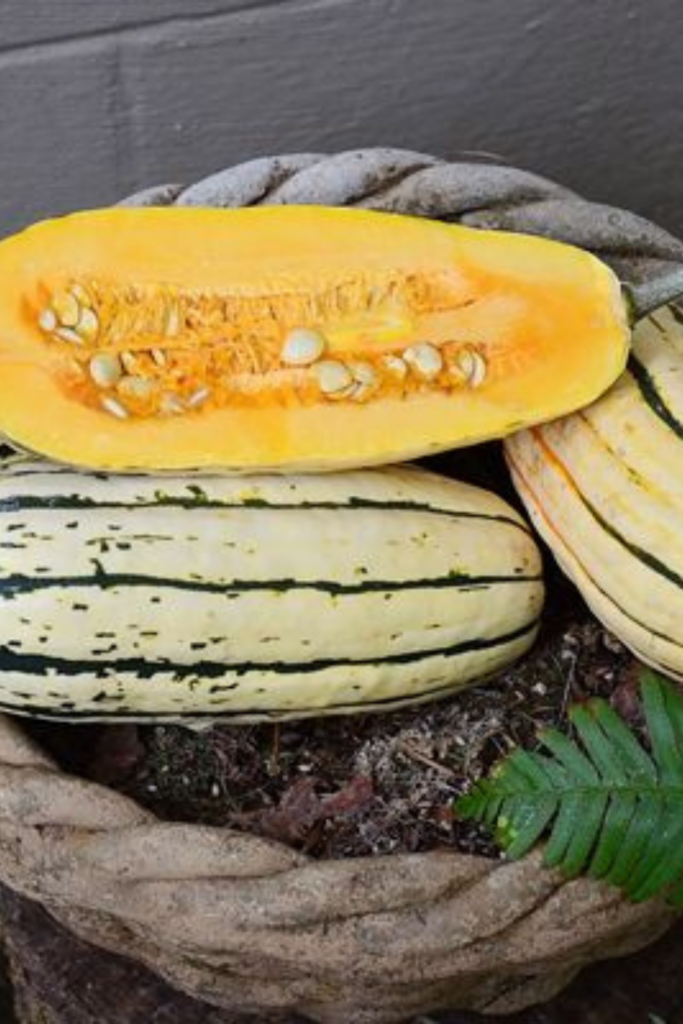
A Cucumber Pumpkin is exactly what it sounds like. It’s a Cucumber in the shape of a Pumpkin!
For those unfamiliar, a Cucumber Pumpkin may look rather peculiar. But both Cucumbers and Pumpkins are part of the cucurbit family.
These are vining plants that include Cucumbers, Pumpkins, Melons, and Watermelons.
4. Pattypan Pumpkin
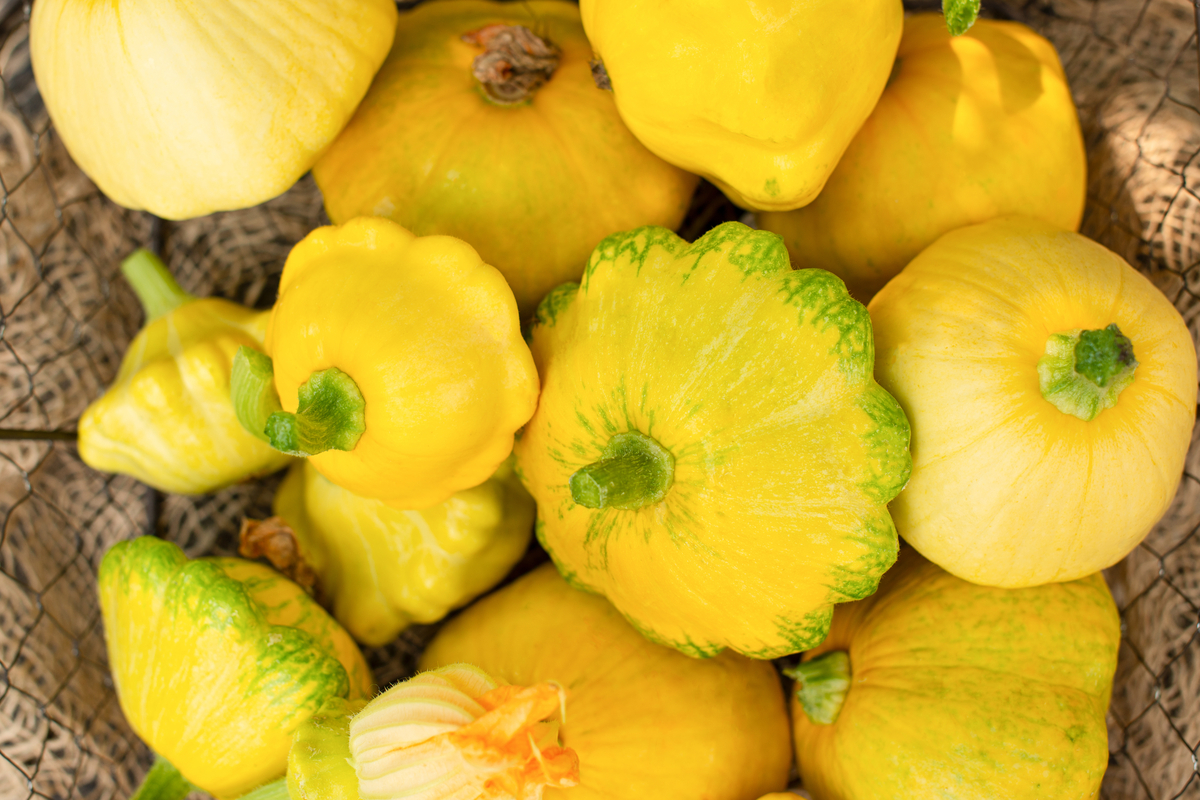
Pattypan Pumpkins are small round fruits that are often grown indoors and can be found in green, orange, white, and yellow.
They are a type of summer squash that is notable for its small size, and round, shallow shape.
A Pattypan Pumpkin has scalloped edges that make the Pumpkin look like a flying saucer. This may be where the Pattypan Pumpkin gets its name, as a pattypan is a pan that is used to bake a patty.
5. Hubbard Pumpkin
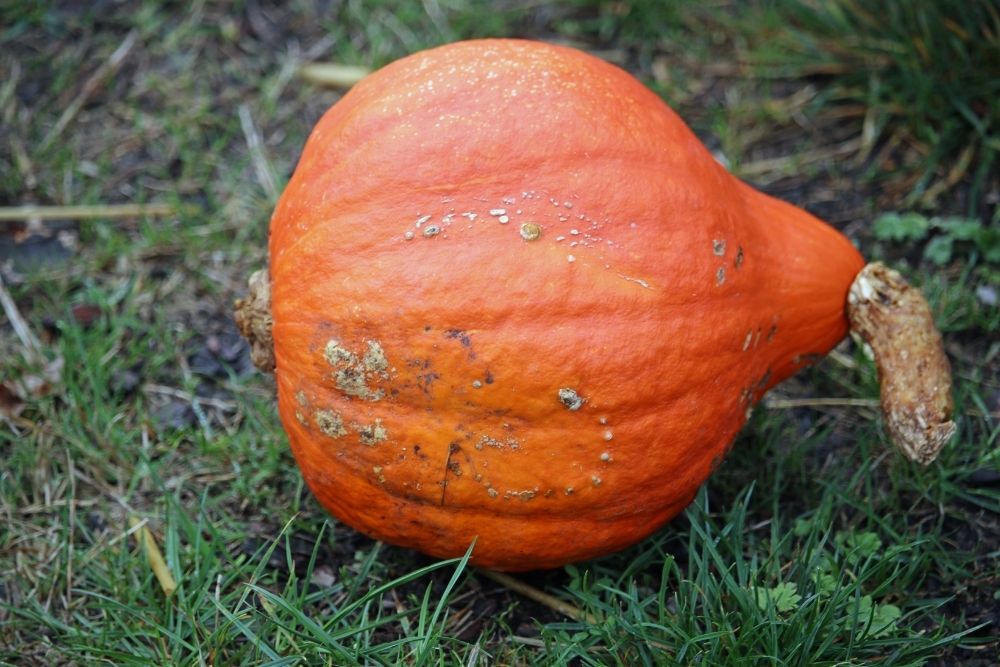
Another small pumpkin, Hubbard Pumpkins grow larger than Pattypan Pumpkins and have a narrow top and a wide base. Hubbard Pumpkins are commonly grown indoors, and are only available in orange or yellow.
They are hardy Pumpkins, with a tough outer shell. This means they can be stored for a long period of time without rotting. You can store a Hubbard Pumpkin for up to six months!
Their shell isn’t edible, but the orange flesh on the inside is both nutritious and delicious.
They have a delightfully sweet flavor, are low in sodium and have no fat. Hubbard Pumpkins are full of fiber too, as well as vitamins A and C.
This makes Hubbard Pumpkins great for cooking or baking, and you can enjoy them boiled, puréed, roasted, sautéed, or steamed.
6. Japanese Pumpkin (Kabocha)

Japanese Pumpkin, or Kabocha, is a staple of Japanese cuisine. In Japanese cuisine it is dipped in tempura batter and fried, made into a soup, or slowly simmered in hot pots.
It is a winter squash, and is a stout and stocky Pumpkin. However, it has more of a sweet potato flavor and texture rather than a distinct Pumpkin taste. It has coarse, dark-green skin, and soft flesh on the inside that’s somewhere between red and yellow.
Kabocha has a delicious flavor as well as a number of health benefits. Much like Pumpkin, the bright, orange flesh of Kabocha is rich in the antioxidant beta-carotene that is packed with vitamin A that improves your vision.
Who said Carrots were the only food that made you see in the dark? Kabocha is a surefire way to sweeten up a dish without any added sugar, and is packed with fiber.
7. Marrow Squash
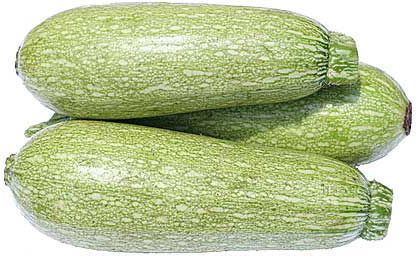
Marrow Squash is a type of summer squash that is about 10-12 inches and has an oval shape.
They are called Marrow Squashes due to their creamy, white flesh (much like bone marrow) that is contained in a skin that is hard but thin.
While this may not seem like the most appealing fruit, and Marrow has a rather bland taste, it works well with various herbs, spices, and seasonings. It also pairs well with meats and vegetables that have strong flavors.
Marrow Squashes mature in around 80-100 days. You can enjoy them in a variety of ways, including roasted, sautéed, steamed, or stuffed, and they are full of potassium.
8. Zucchini Squash
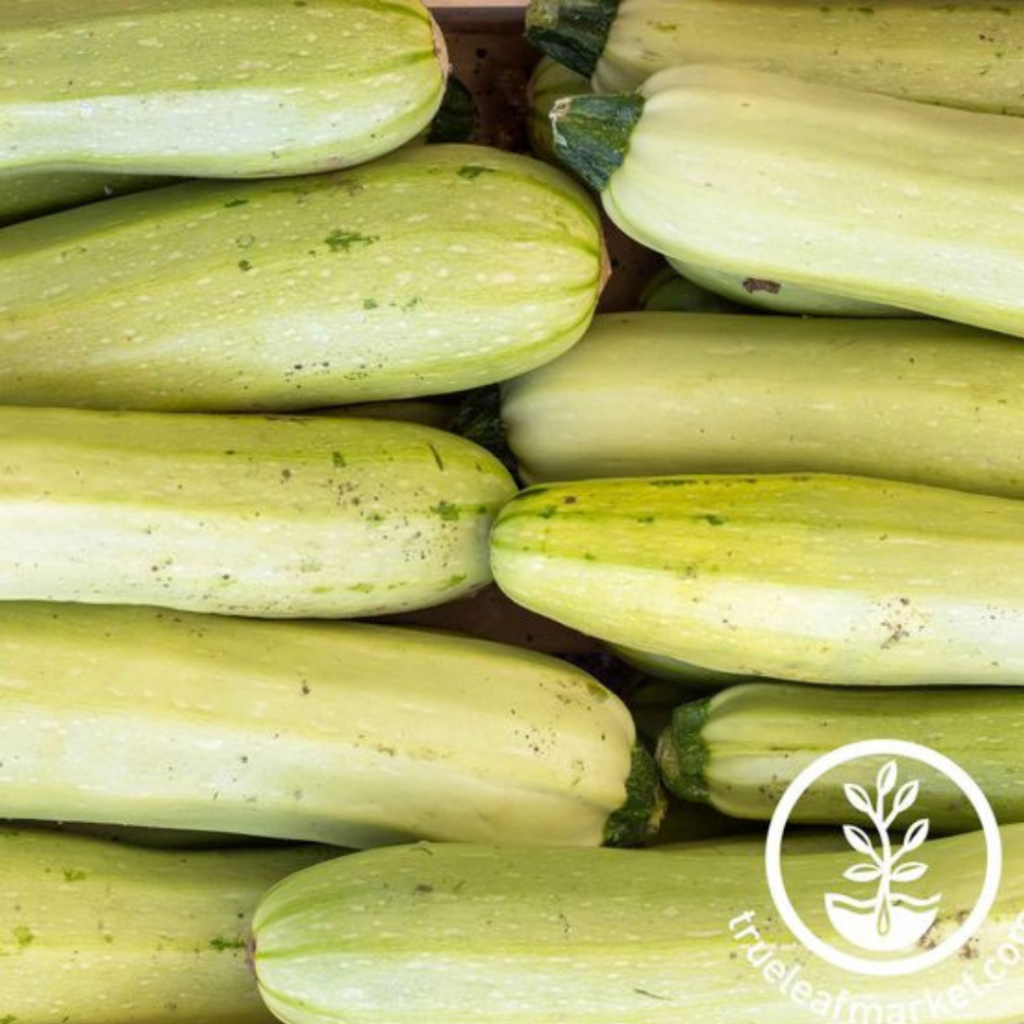
A Zucchini Squash is a long, dark green vegetable that has a mild taste and is usually enjoyed raw in salads.
9. Gourd
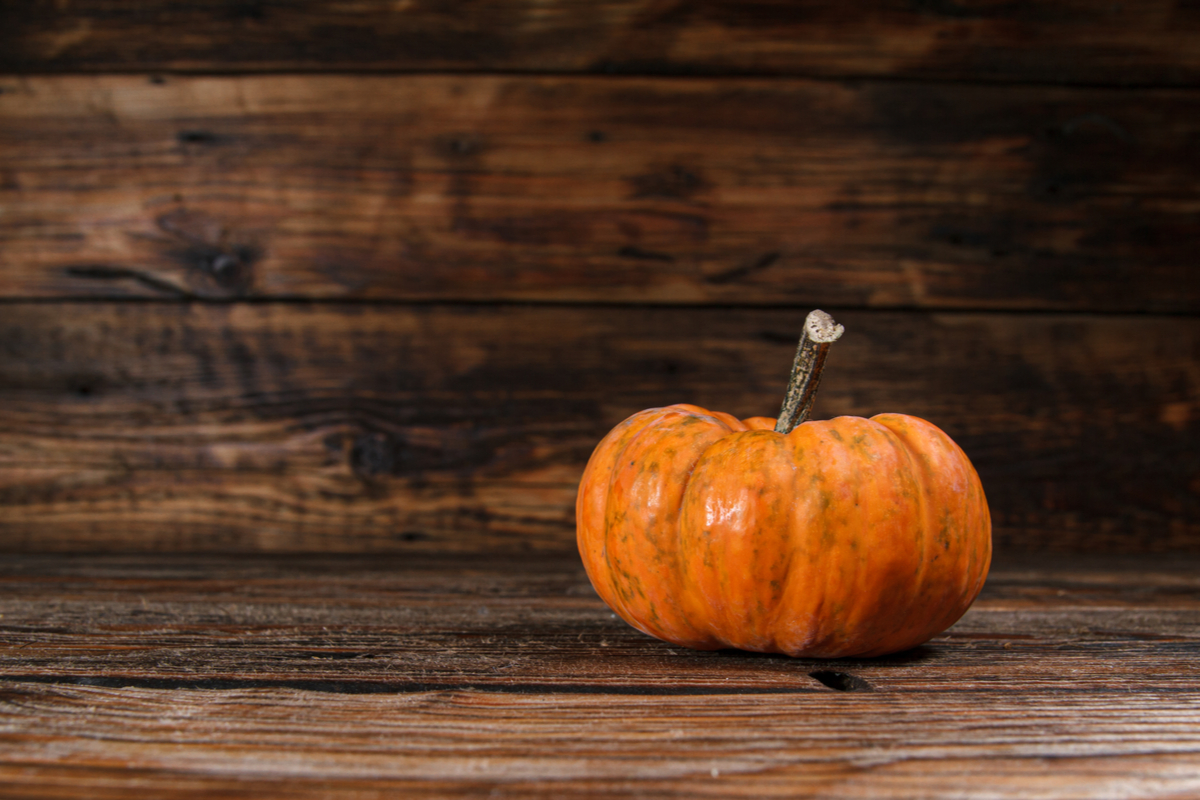
Often used for decoration rather than food, a Gourd resembles a Giant Pumpkin. Although you can buy Gourds throughout the year, they are harvested early in the year in warmer climates.
10. Long-Necked Pumpkin
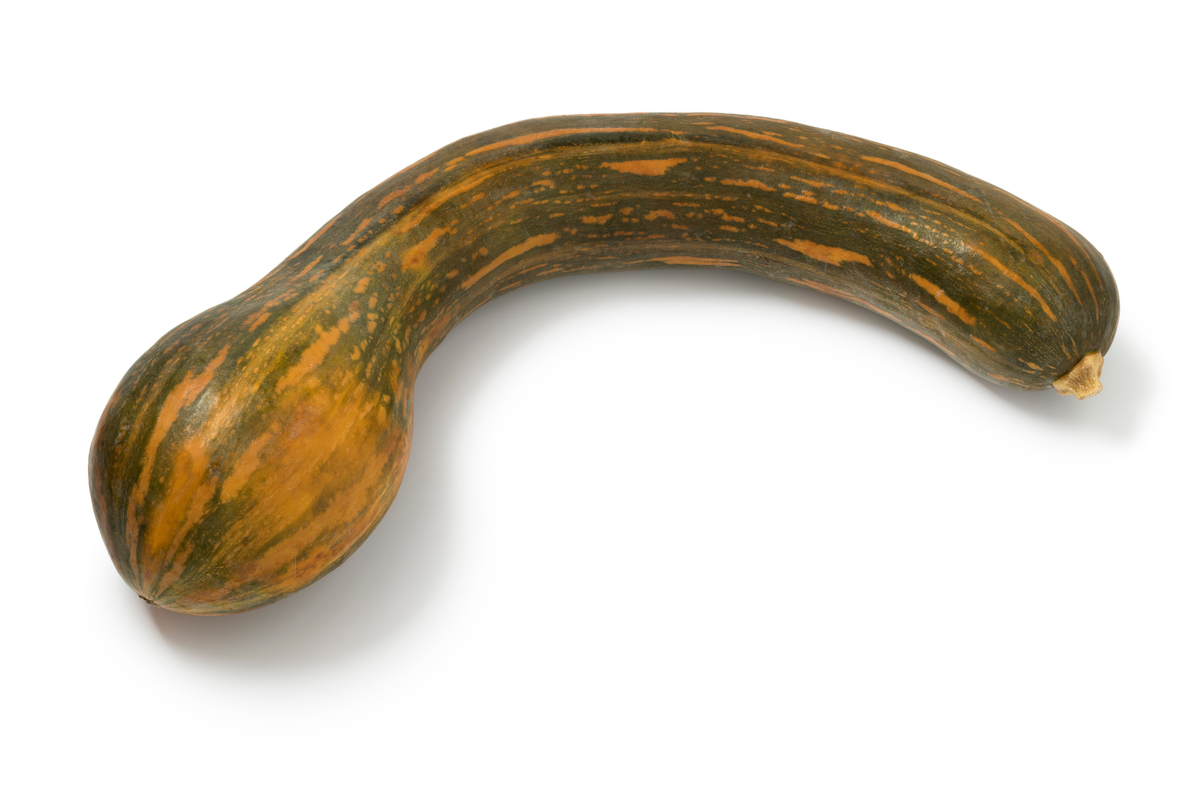
Often green, Long-Necked Pumpkins can grow up to 15 inches (ca. 38 cm) tall and typically weigh about 5 lbs.
11. Spaghetti Squash
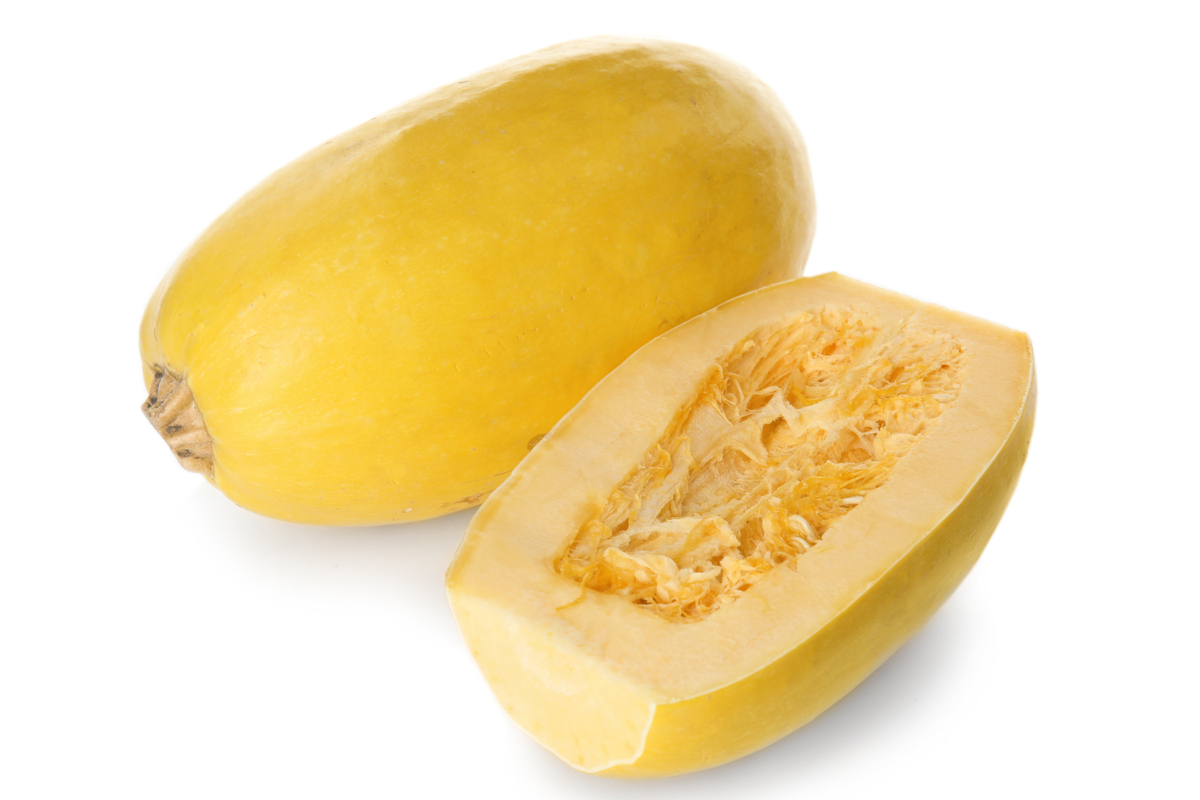
Spaghetti squash is white and can grow up to 30 inches (0.76 m) tall. They have a mild taste like Zucchini and can be baked or roasted.
But where does the Spaghetti Squash get its name?
After all, it’s not long or thin like spaghetti. But it’s when you cut open a Spaghetti Squash that you see where the fruit gets its name. When you scrape the flesh with a fork you’ll get stringy bits of flesh that look noodle-like.
This is why Spaghetti Squash makes a great, healthy alternative to pasta if you’re trying to cut down on carbs.
RELATED: S Is For Spinach: Superb Veggies That Start With ‘S’
12. Jack-O-Lantern Pumpkin

The most iconic pumpkins and what probably comes to mind first when you hear the word, ‘pumpkin,’ Jack-O-Lantern Pumpkins are round, bright orange pumpkins you see during Halloween.
They’re just as perfect for Pumpkin pies as they are carving spooky faces!
13. Pumpkin Pie Pumpkin
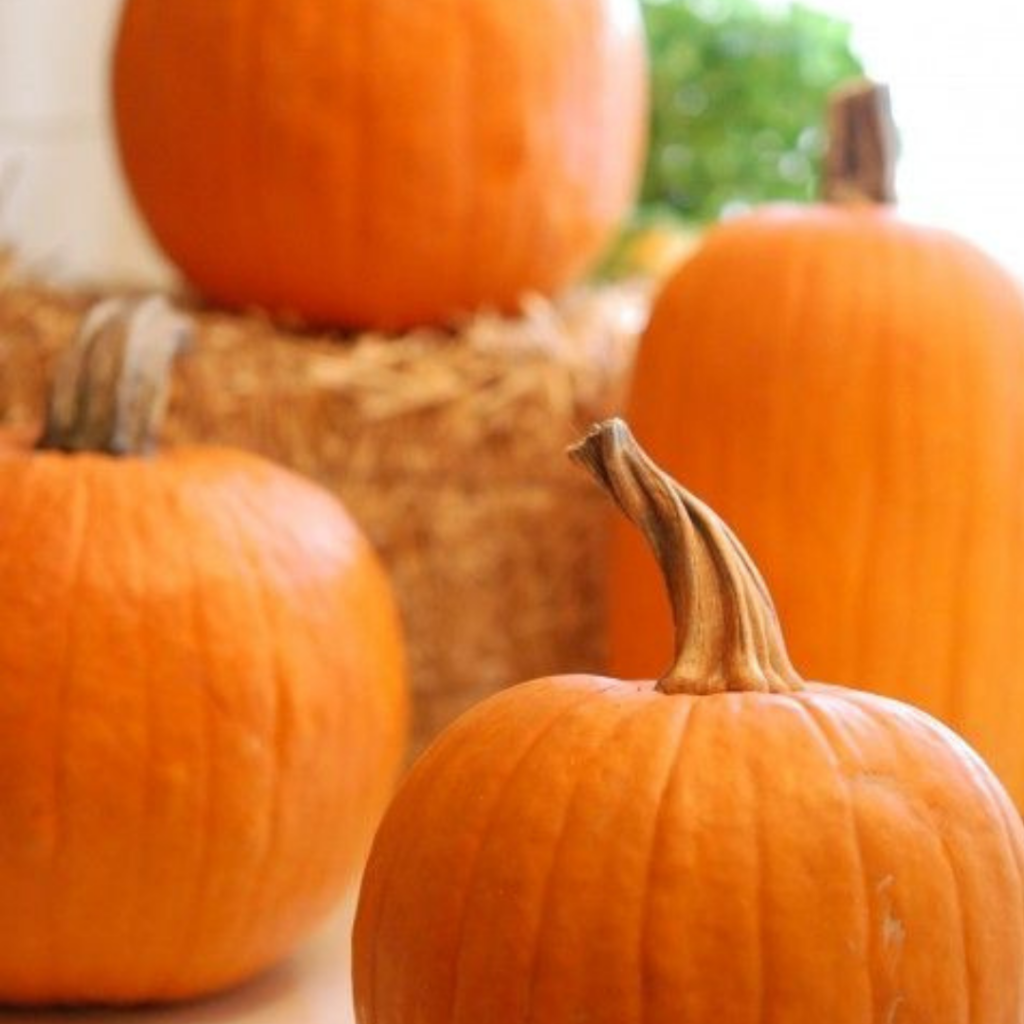
Also known as Sugar Pumpkins, Pumpkin Pie Pumpkins are small, squat Pumpkins. They have a classic Pumpkin flavor and make great decorative pumpkins on Halloween.
They have thick, fleshy walls and are great for making purée.
If you want to switch up your pumpkin baking, why not ditch the canned stuff and grab one of these cute Pumpkin Pie Pumpkins instead?
14. Sweet Dumpling Pumpkin
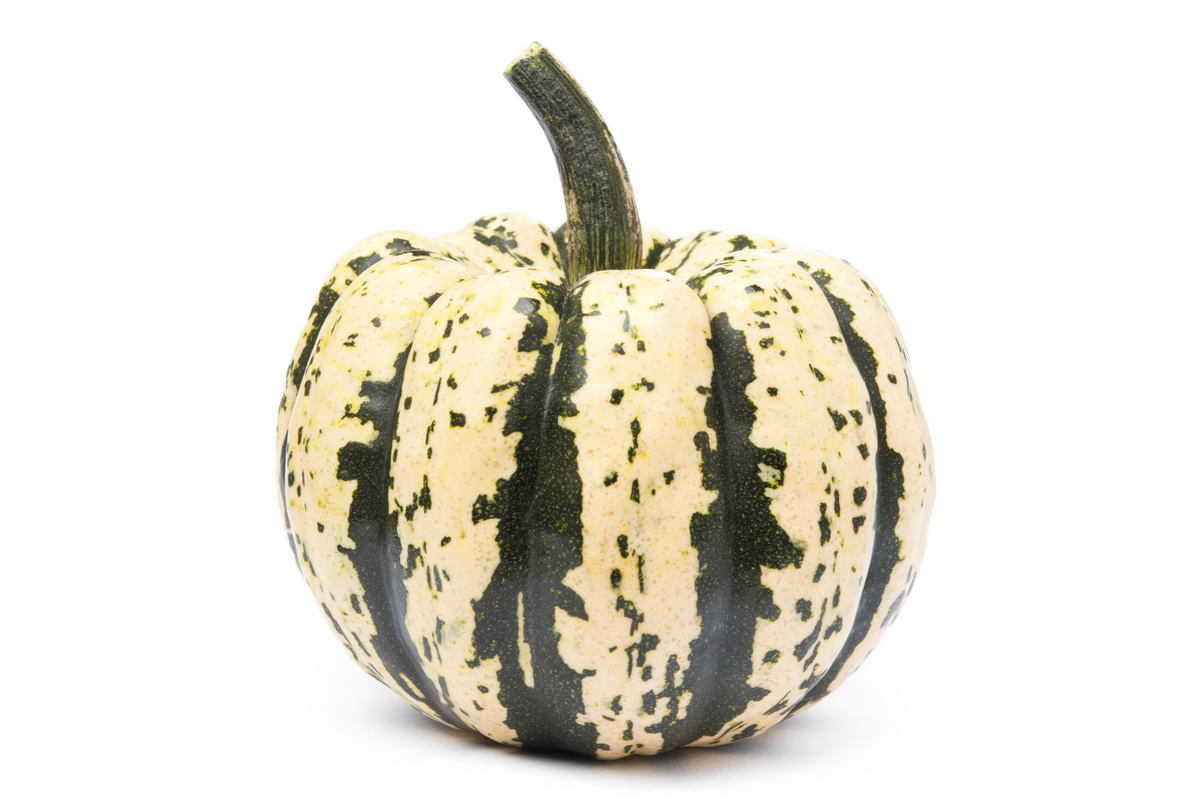
Another small and compact pumpkin, Sweet Dumpling Pumpkins are whitish-yellow and green. Their small size makes them great for individual servings.
Their flesh has a strong sweet potato flavor, and unlike some squashes their skin is edible. A Sweet Dumpling Pumpkin is ideal for any recipes that call for Pumpkin, or even sweet potato.
15. Buttercup Pumpkin
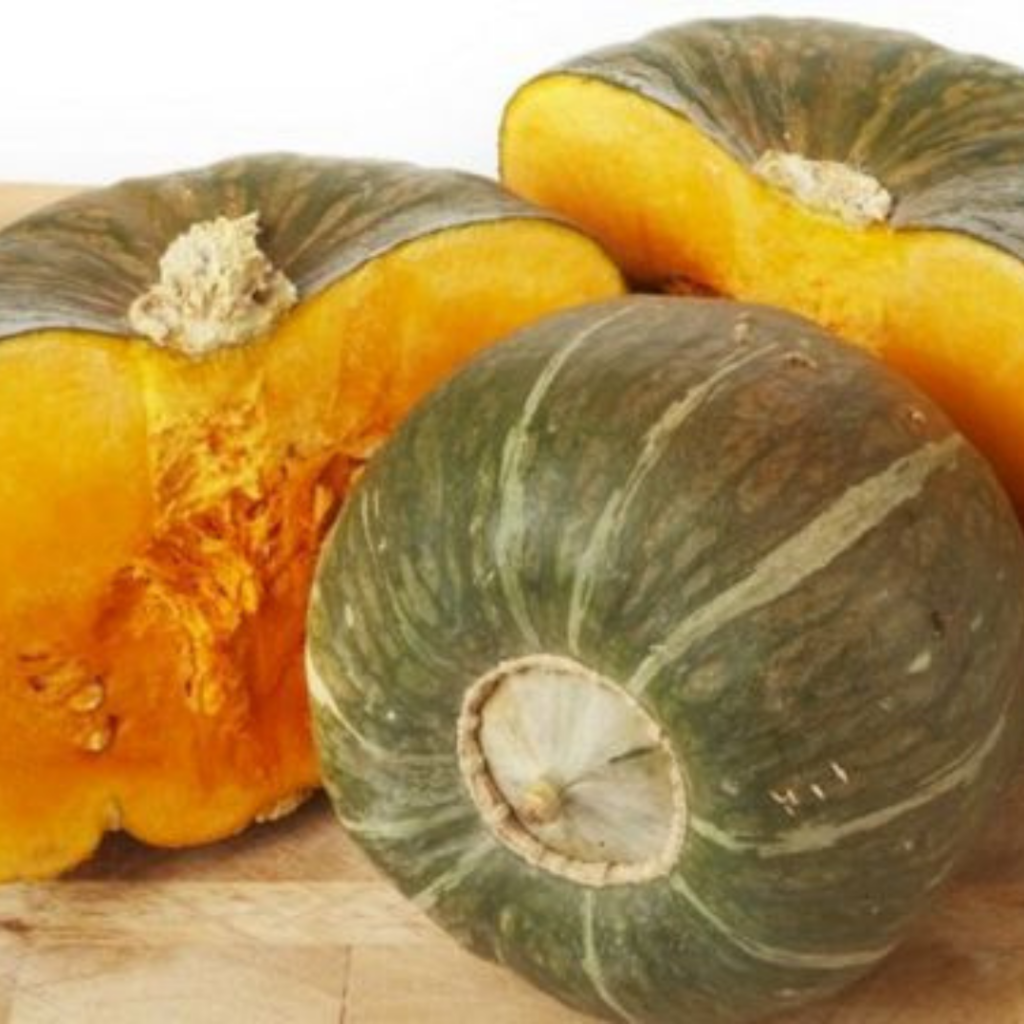
As the name would suggest, Buttercup Pumpkins are small and round, and are often grown indoors. Buttercup Pumpkins can be green, orange, white, or, of course, yellow.
You could easily mistake a Buttercup Pumpkin for a Kabocha Squash. What gives it away is its distinctive bottom with a circular ridge. On some Buttercup Pumpkins, the ridge may be more pronounced and bumpy.
When you cut open a Buttercup Pumpkin, its scent might remind you of a Cucumber. But once cooked, the flesh becomes denser, a little dry, and has a very mild flavor.
16. Delicious Pumpkin
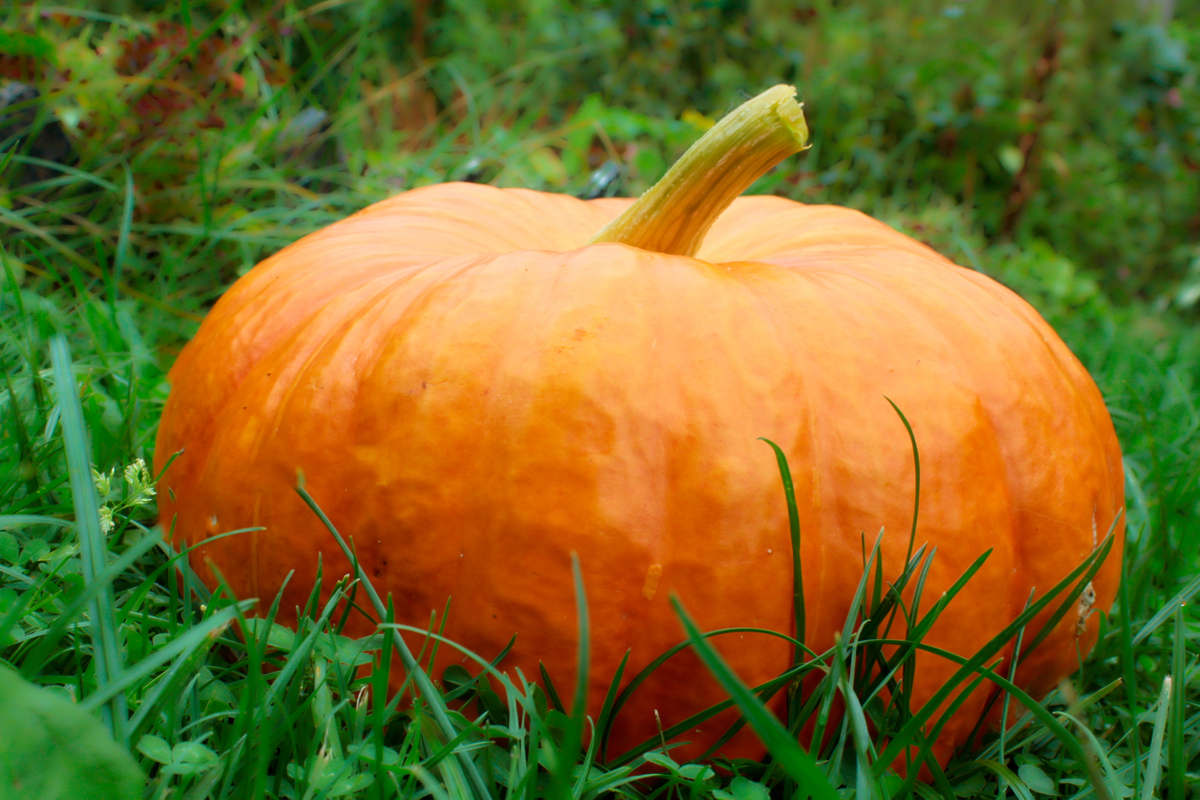
Delicious Pumpkins grow similarly to Hubbard pumpkins, however, they don’t grow to be as big. In fact, these tiny Pumpkins weigh less than 2 lbs.
They are typically white, grow in warm climates, and need little heat.
17. Red Kabocha Squash

Like its green sibling, Red Kabocha is squat and stocky and covered in pale white stripes. Red Kabocha and Green Kabocha are interchangeable.
However, Green Kabocha is more savory, while Red Kabocha is a lot sweeter.
RELATED: 21 Tasty Red Fruits (With Pictures)
18. Carnival Squash

A Carnival Squash is sort of a mix between an Acorn Squash and a Sweet Dumpling Squash.
The Carnival Squash may have the same yellow interior as these two squashes, but its flavor is a lot mellower and sweeter. It is a good substitute for Acorn Squash or Butternut Squash.
19. Delicata Squash

Also known as Bohemian Squash or Sweet Potato Squash, Delicata Squash is of the winter variety. It has a pale yellow color, so is easily mistaken for summer squash.
Its thin skin is edible, but it bruises easily and is more susceptible to rot. When a Delicata Squash is cooked, it has a similar soft, creamy consistency to a sweet potato, albeit with a hint of earthiness.
20. Red Kuri Squash
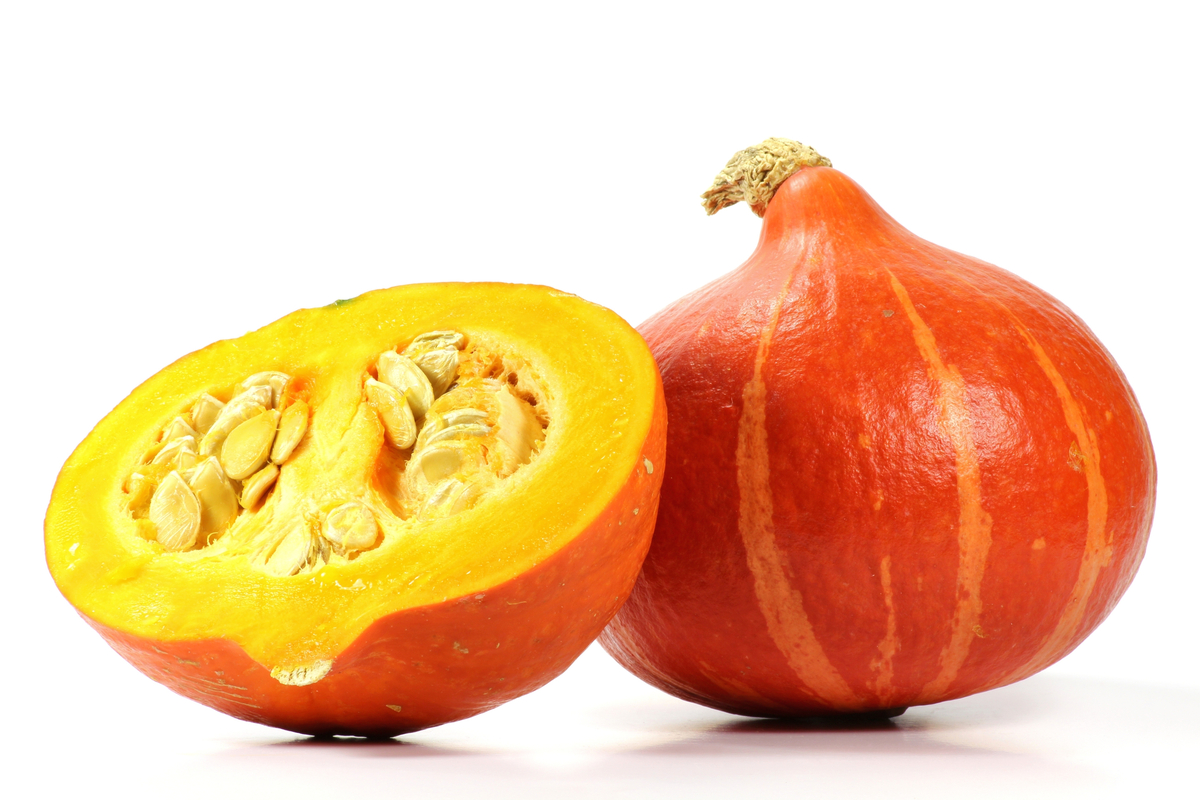
Also known as Orange Hokkaido, Potimarron, or Red Hubbard, Red Kuri Squash has the same asymmetrical and almost lopsided appearance as other Hubbard Pumpkins.
It’s also smaller than most other Hubbards and easy to cook with it. It has smooth, yellow flesh and a nutty flavor like that of chestnuts.
Final Thoughts
As you can see, there are so many Pumpkins besides the traditional Jack-O-Lantern variety out there!
Next time you want to make a Pumpkin pie or soup, why not opt for a Sugar Pumpkin?
If you want a healthier alternative to traditional noodles, why not add some strings of Spaghetti Squash to your favorite pasta dish.
We hope you learned something from this article, here are other articles that you can learn from:
Growing Ginger: Key Information on How to Grow Hydroponically
Corn Plant: The Most Complete Care, Propagation, and Water Guide
What Is Eating My Rhubarb Leaves? Learn About The Evil Offenders Involved!







